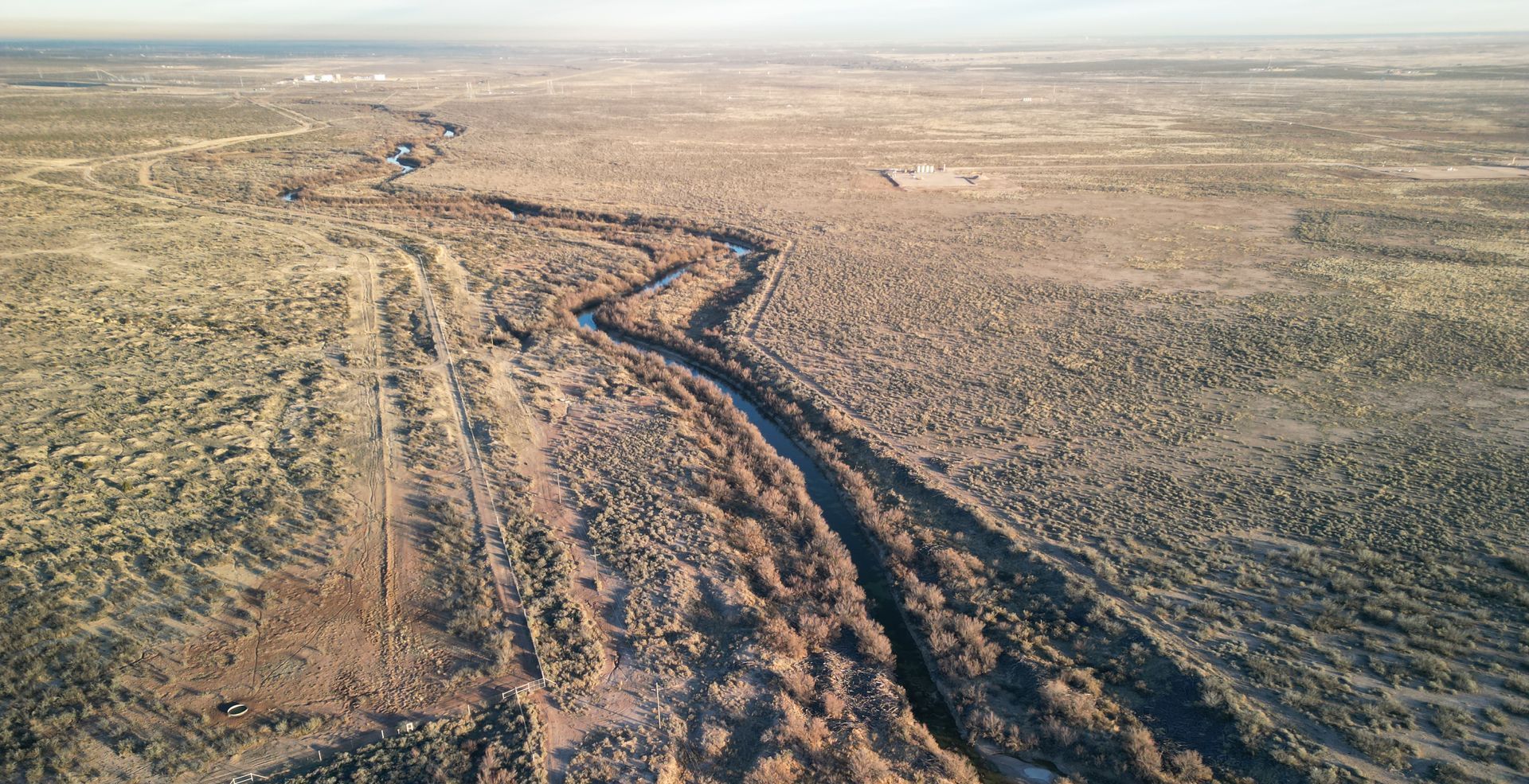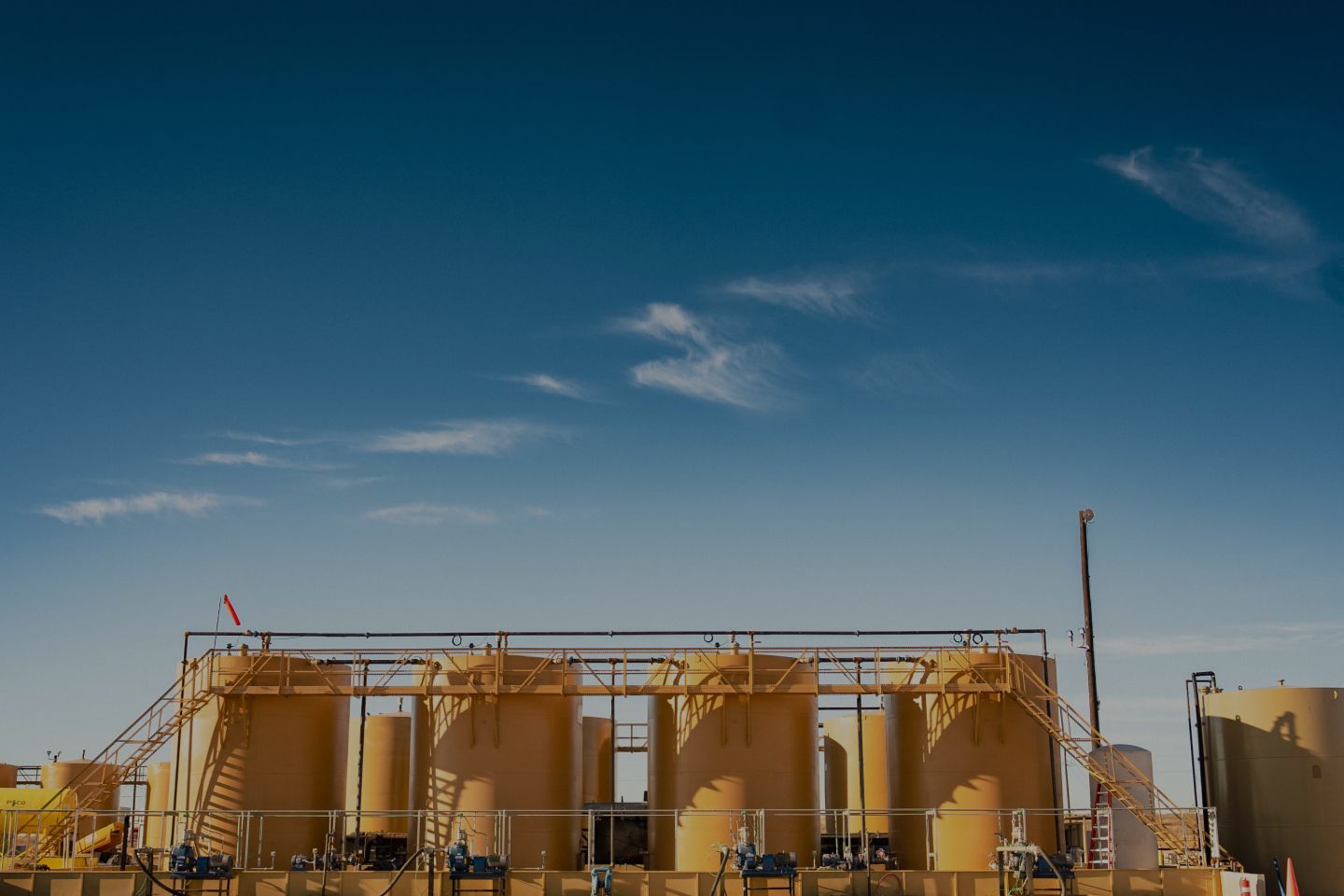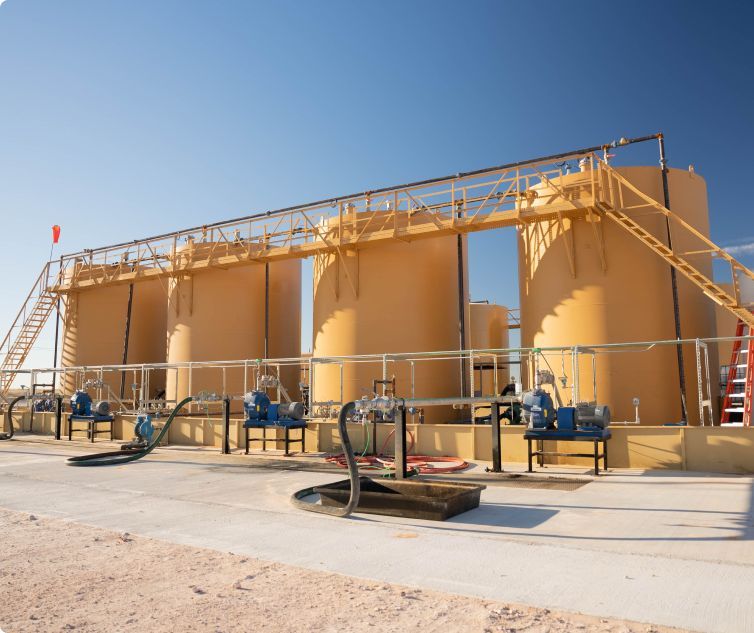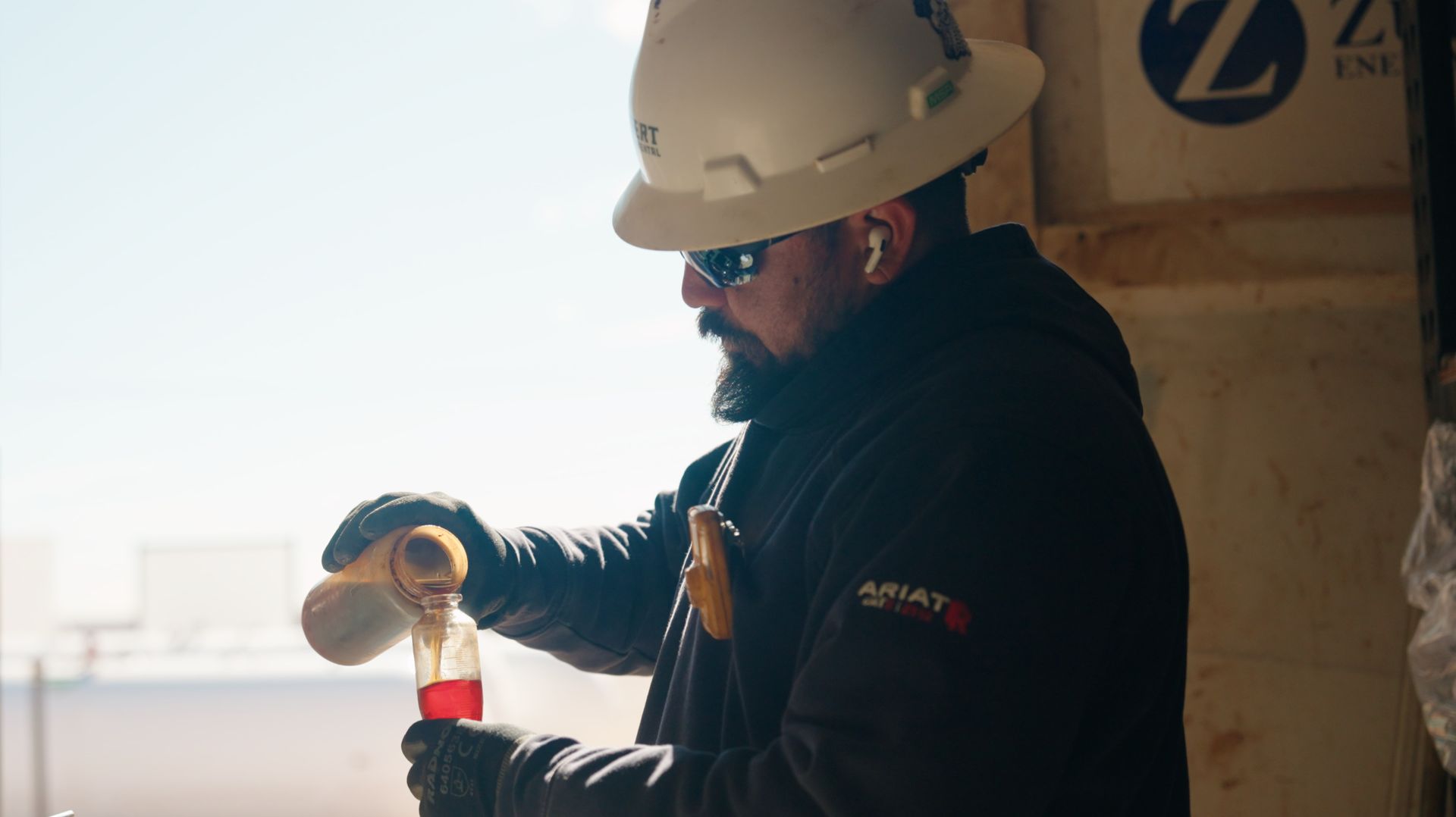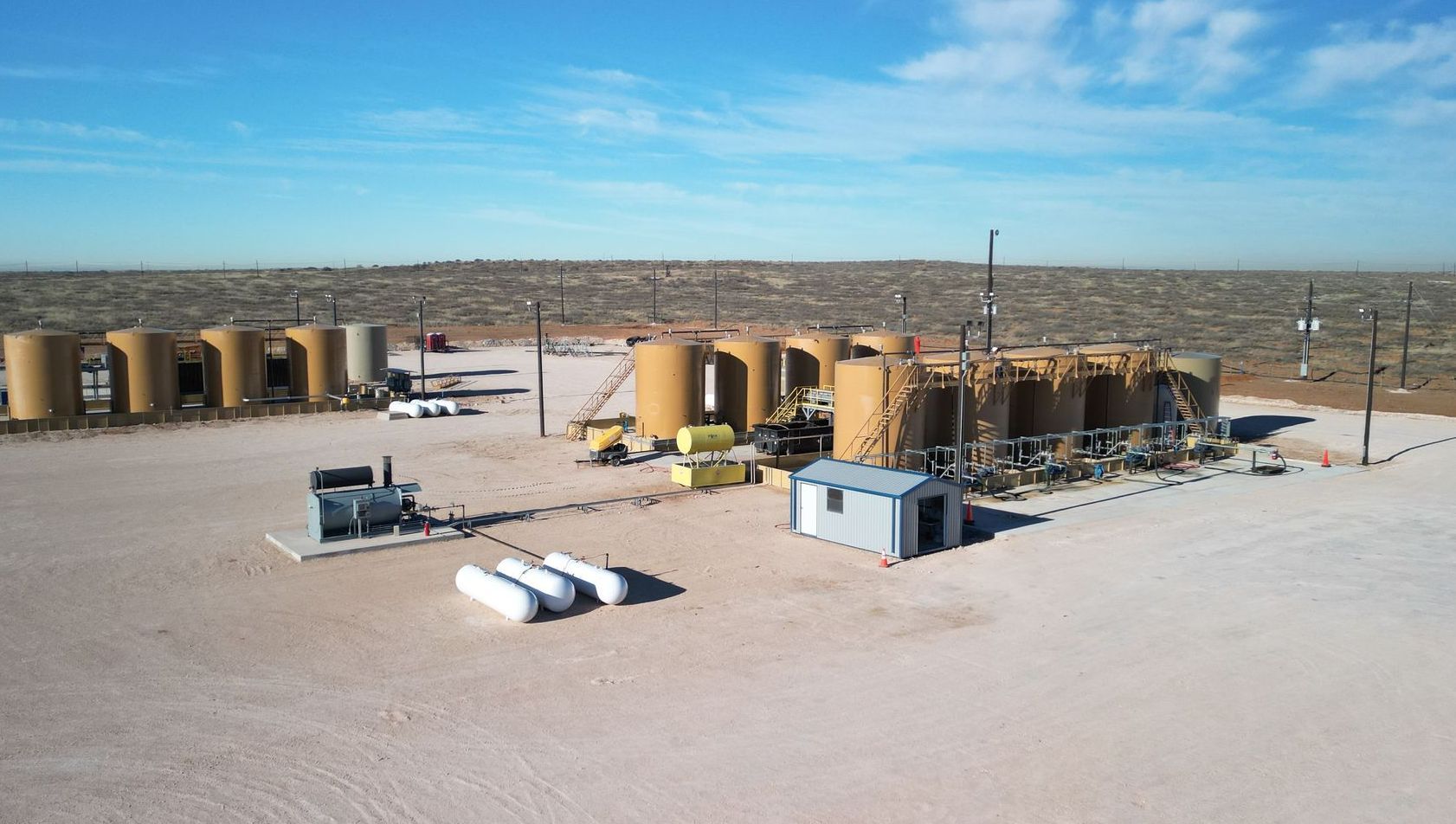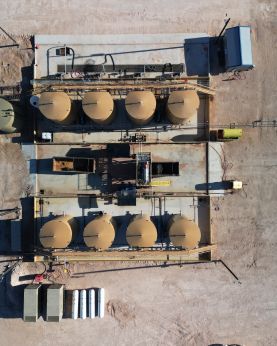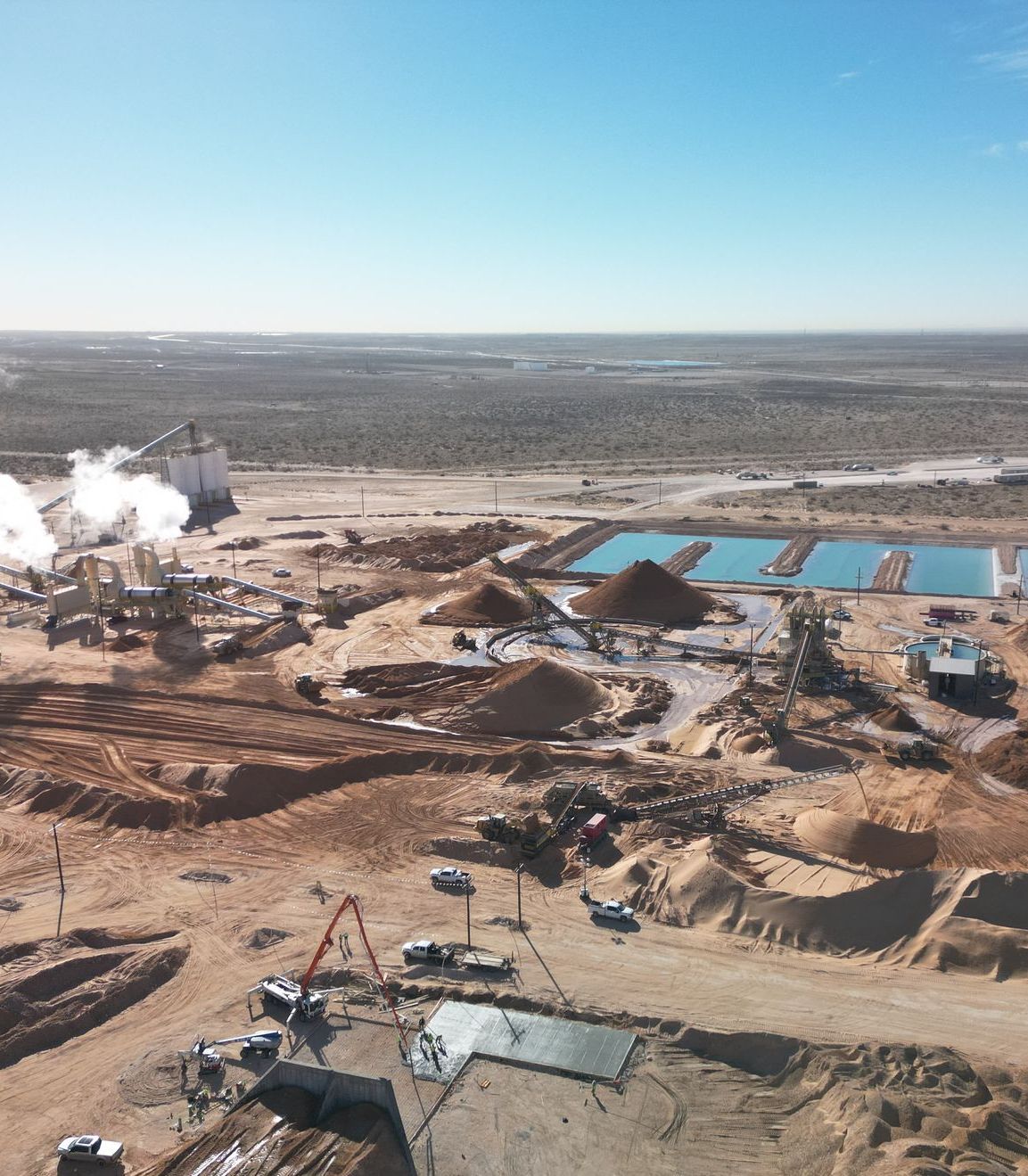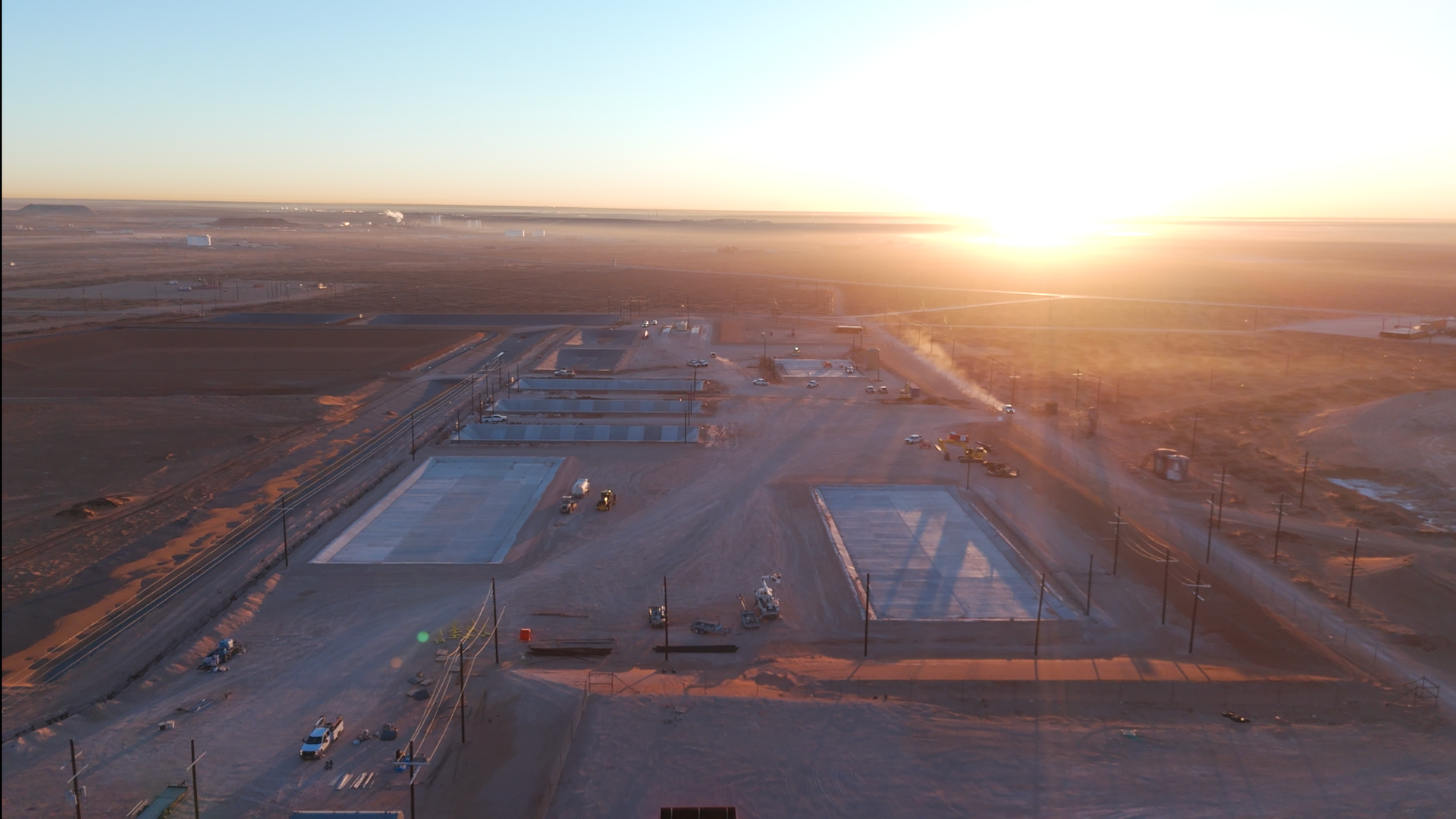Is Drilling Mud a Hazardous Waste? Understanding the Environmental Impact
At Desert Environmental LLC, we understand the critical role that drilling mud plays in the oil and gas industry. As a company dedicated to sustainable waste management, we often encounter questions about the environmental impact of drilling operations, particularly regarding the classification and disposal of drilling mud. One common inquiry we address is: Is drilling mud a hazardous waste? In this blog, we aim to provide clarity on this topic by exploring the nature of drilling mud, its composition, potential environmental hazards, and the regulations that govern its disposal. Join us as we delve into these aspects to better understand the environmental impact of drilling mud and the best practices for managing it responsibly.
What is Drilling Mud?
Drilling mud, also known as drilling fluid, is an essential component in the oil and gas drilling process. It serves multiple critical functions, including lubricating and cooling the drill bit, carrying drill cuttings to the surface, and stabilizing the wellbore to prevent collapses. The use of drilling mud ensures that drilling operations are efficient and safe, minimizing the risk of accidents and equipment failures.
Types of Drilling Mud
Drilling mud is typically classified into two main types based on its base fluid: water-based and oil-based.
Water-Based Drilling Mud (WBM): Water-based drilling muds (WBMs) are the most commonly used type. They consist primarily of water mixed with clay and other additives to enhance their properties. The main advantages of WBMs include their lower environmental impact and cost-effectiveness. They are generally easier to dispose of and pose fewer risks to the environment. However, WBMs may be less effective in certain challenging drilling conditions compared to oil-based muds, particularly in high-temperature and high-pressure environments.
Oil-Based Drilling Mud (OBM): Oil-based drilling muds (OBMs) use oil as their base fluid, which can be diesel, mineral oil, or synthetic oil. These muds offer superior lubricating properties and stability in high-temperature and high-pressure environments. OBMs are particularly effective in drilling operations where WBMs may not perform as well. Despite their effectiveness, OBMs are more expensive and pose greater environmental risks, especially in terms of disposal and potential contamination. The oil components in OBMs can be harmful to soil and water, making proper handling and disposal crucial.
Drilling muds are carefully formulated to meet the specific needs of each drilling operation, taking into account factors such as geological conditions, well depth, and temperature. The selection and management of drilling mud are crucial for the efficiency and safety of the drilling process.
Composition and Potential Hazards of Drilling Mud
While indispensable for drilling operations, drilling mud contains various components that can pose environmental hazards if not managed properly. Understanding the composition of drilling mud and its potential risks is essential for implementing effective waste management practices.
Common Components of Drilling Mud
The primary components of drilling mud include:
- Base Fluid: Either water or oil, forming the bulk of the mud.
- Clay: Typically bentonite, used to increase viscosity and provide suspension properties.
- Weighting Agents, such as barite, are used to increase the density of the mud and control well pressure.
- Additives: Various chemicals, including biocides, polymers, and thinners, are added to enhance the mud's performance.
Potential Hazardous Additives
While the base components of drilling mud are generally benign, several additives can introduce environmental risks:
- Barite is used as a weighting agent. It can contain trace amounts of heavy metals such as mercury, lead, and cadmium. These metals can be toxic and pose significant risks to soil and water quality if not properly managed.
- Biocides are added to drilling mud to prevent bacterial growth. They can be harmful to aquatic life if released into water bodies. They are designed to kill microorganisms, which means they can disrupt ecosystems if they enter the environment.
- Polymers and Thinners are used to modify the viscosity and flow properties of drilling mud. These chemicals can vary widely in their environmental impact. Some polymers are biodegradable and pose minimal risk, while others can persist in the environment and contribute to pollution.
Environmental Hazards
The potential hazards associated with drilling mud largely depend on its specific composition and how it is managed during and after drilling operations. Improper handling and disposal can lead to:
- Soil Contamination: Heavy metals and toxic additives can leach into the soil, affecting plant growth and entering the food chain.
- Water Pollution: Contaminants can seep into groundwater or be washed into surface water bodies, posing risks to drinking water supplies and aquatic ecosystems.
- Air Quality Issues: In some cases, volatile organic compounds (VOCs) from oil-based muds can evaporate and contribute to air pollution, affecting both local air quality and human health.
Recognizing these potential hazards underscores the importance of adhering to strict waste management protocols and regulations. By understanding the composition and risks associated with drilling mud, companies can implement measures to mitigate environmental impact and ensure safe disposal practices.
Environmental Impact of Drilling Mud
The environmental impact of drilling mud is a significant concern, particularly in regions with intensive drilling activities. While drilling mud is essential for efficient and safe drilling operations, its disposal and management can have far-reaching environmental consequences if not handled properly.
Impact on Soil and Water
One of the primary environmental concerns associated with drilling mud is its potential to contaminate soil and water resources. When improperly disposed of, drilling mud can leach hazardous substances into the surrounding environment. This contamination can affect:
- Soil Quality: Heavy metals and toxic additives present in some drilling muds can degrade soil quality, harming plant life and potentially entering the food chain. Contaminated soil can lose its fertility, making it difficult for vegetation to grow and thrive.
- Water Bodies: Runoff from drilling sites can carry contaminants into nearby rivers, lakes, and groundwater supplies. This can have severe implications for aquatic ecosystems, as the toxic substances can be harmful or even lethal to fish, plants, and other wildlife. Additionally, polluted water can pose risks to human health if it contaminates drinking water sources.
Case Studies and Examples
Several incidents highlight the environmental impact of drilling mud when not managed responsibly:
- Case Study 1 - Groundwater Contamination: In a well-documented case, a drilling operation in a rural area led to significant groundwater contamination. The improper disposal of oil-based drilling mud resulted in the leaching of heavy metals into the local aquifer, affecting the drinking water quality for nearby communities. This incident underscored the need for stringent waste management practices to protect vital water resources.
- Case Study 2 - Aquatic Ecosystem Disruption: In another instance, a spill of drilling mud into a nearby river caused a sudden decline in fish populations. The biocides and other toxic additives in the mud disrupt the natural balance of the aquatic ecosystem, leading to long-term ecological damage. This example highlights the importance of preventing accidental releases and ensuring proper containment measures are in place.
Long-Term Environmental Consequences
The long-term environmental consequences of drilling mud mismanagement can be profound. Persistent contaminants, such as heavy metals and non-biodegradable chemicals, can remain in the environment for years, continuing to pose risks to ecosystems and human health. Moreover, the cumulative impact of multiple drilling operations in a region can lead to widespread environmental degradation if not carefully regulated and managed.
To mitigate these impacts, companies in the oil and gas industry must adopt best practices for drilling mud management. This includes using environmentally friendly additives, implementing effective containment and disposal methods, and adhering to regulatory standards designed to protect the environment.
Regulations and Classification
The classification and regulation of drilling mud are essential for ensuring that its disposal and management minimize environmental impact. Various regulatory frameworks guide the handling of drilling mud, determining whether it is classified as hazardous waste and outlining the protocols for its disposal.
Regulations Governing Drilling Mud Disposal
The disposal of drilling mud is regulated by several agencies and legislative frameworks, which may vary by country and region. In the United States, key regulatory bodies include:
- Environmental Protection Agency (EPA): The EPA sets national guidelines and standards for the disposal of drilling mud under the Resource Conservation and Recovery Act (RCRA). The RCRA defines criteria for hazardous waste, including characteristics such as toxicity, ignitability, corrosivity, and reactivity.
- State Environmental Agencies: Individual states may have additional regulations that supplement federal guidelines, addressing specific environmental concerns and conditions within their jurisdictions.
In addition to these primary regulatory bodies, other organizations, and local governments may impose further requirements to ensure that drilling mud disposal does not harm the environment.
Criteria for Classifying Drilling Mud as Hazardous
Drilling mud is classified as hazardous waste based on its composition and the presence of specific hazardous substances. Key factors considered in this classification include:
- Toxicity: The presence of toxic substances such as heavy metals (e.g., mercury, lead, cadmium) or harmful chemicals (e.g., biocides, VOCs) can classify drilling mud as hazardous.
- Ignitability: Oil-based drilling muds that contain flammable substances may be classified as hazardous due to their potential fire risk.
- Corrosivity: The drilling mud's pH level can determine its corrosiveness. Mud with extreme pH levels may be considered hazardous.
- Reactivity: The potential for the drilling mud to undergo violent chemical reactions can also influence its classification.
If drilling mud meets any of these criteria, it must be managed and disposed of according to stringent hazardous waste regulations to prevent environmental contamination.
Compliance and Best Practices
Compliance with regulatory standards is critical for oil and gas companies to avoid legal penalties and protect the environment. Best practices for managing and disposing of drilling mud include:
- Waste Minimization: Reducing the volume of drilling mud generated and using less harmful additives can minimize environmental impact.
- Proper Containment: Ensuring that drilling mud is stored and transported in secure containers to prevent leaks and spills.
- Treatment and Recycling: Treating drilling mud to remove hazardous components and recycling it for reuse in other drilling operations.
- Documentation and Reporting: Maintaining accurate records of drilling mud composition, handling, and disposal activities to demonstrate compliance with regulations.
By adhering to these practices and regulatory requirements, companies can mitigate the risks associated with drilling mud and contribute to sustainable environmental stewardship.
Sustainable Waste Management Practices
In an era where environmental sustainability is paramount, adopting best practices for the management and disposal of drilling mud is crucial. Companies in the oil and gas industry, like Desert Environmental LLC, are leading the way in implementing sustainable waste management practices that mitigate environmental impact and ensure compliance with regulatory standards.
Best Practices for Handling and Disposing of Drilling Mud
- Waste Minimization: Minimizing the volume of drilling mud generated during operations is a fundamental step towards sustainability. This can be achieved by optimizing drilling processes, using more efficient equipment, and selecting environmentally friendly additives. By reducing waste at the source, companies can lower disposal costs and decrease their environmental footprint.
- Proper Containment and Storage: Ensuring that drilling mud is properly contained and stored is critical to preventing leaks and spills. Using high-quality, secure containers and storage facilities helps protect the surrounding environment from contamination. Regular inspections and maintenance of these containers further ensure their integrity.
- Treatment and Recycling: Treating drilling mud to remove hazardous components allows for its safe disposal or reuse in other drilling operations. Advanced treatment methods, such as thermal desorption and bioremediation, can effectively reduce the toxicity of drilling mud. Recycling treated drilling mud not only conserves resources but also reduces the demand for new raw materials.
- Compliance with Regulatory Standards: Adhering to local, state, and federal regulations governing the disposal of drilling mud is essential for environmental protection and legal compliance. Companies must stay informed about current regulations and ensure that their practices meet or exceed these standards. Regular audits and compliance checks can help maintain adherence to regulatory requirements.
- Documentation and Reporting: Maintaining accurate records of drilling mud composition, handling, and disposal activities is vital for demonstrating compliance with regulations. Detailed documentation helps track waste management practices and provides transparency to regulatory agencies and stakeholders. Reporting any incidents or non-compliance promptly allows for swift corrective actions.
Role of Companies like Desert Environmental
Desert Environmental LLC exemplifies a commitment to sustainable waste management through innovative practices and adherence to ESG (Environmental, Social, and Governance) standards. By operating advanced R9 reclamation plants, Desert Environmental ensures that waste processing and treatment are conducted efficiently and with minimal environmental impact. These facilities are equipped to handle a variety of tasks, from processing waste deliveries directly from rig sites to treating and reclaiming production solids and crude terminal cleaning residuals.
By leading in sustainable practices, Desert Environmental not only meets regulatory expectations but also sets a high standard for the industry. Their proactive approach to waste management serves as a model for other companies, demonstrating that it is possible to balance operational efficiency with environmental stewardship.
Mitigating Environmental Impact Through Sustainable Drilling Mud Management
While drilling mud is an essential component of the oil and gas industry, its potential environmental impact must be addressed. By implementing sustainable waste management practices, adhering to regulatory standards, and continuously improving processes, companies can mitigate the risks associated with drilling mud and contribute to a healthier, more sustainable environment. Desert Environmental LLC remains at the forefront of this effort and is committed to leading the way in responsible waste management.
© 2024 Desert Environmental | All Rights Reserved. Website by Roundhouse.

